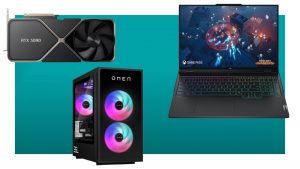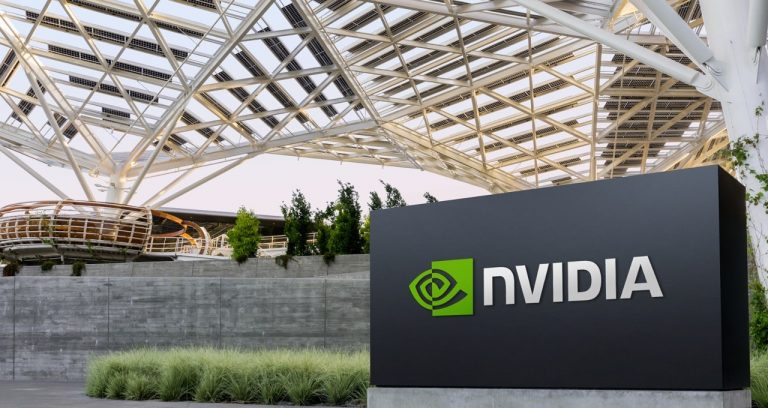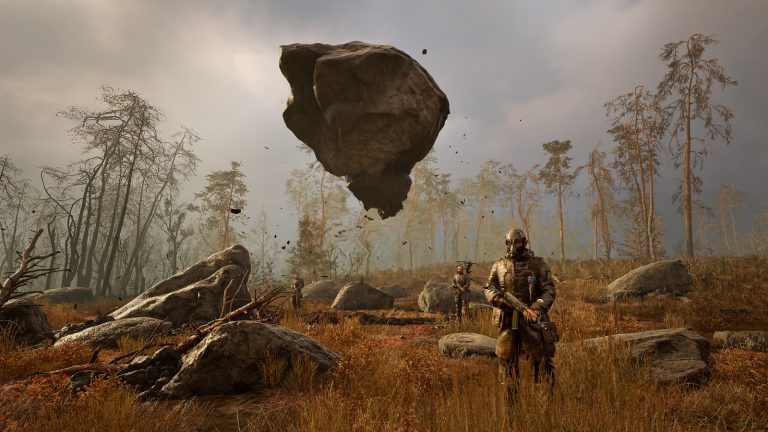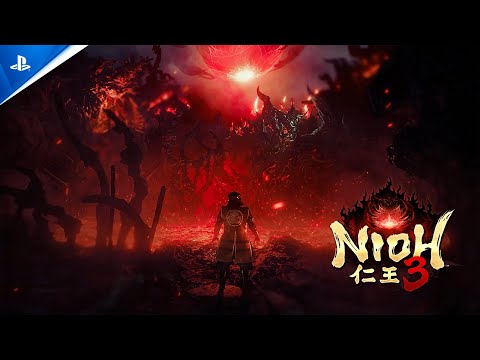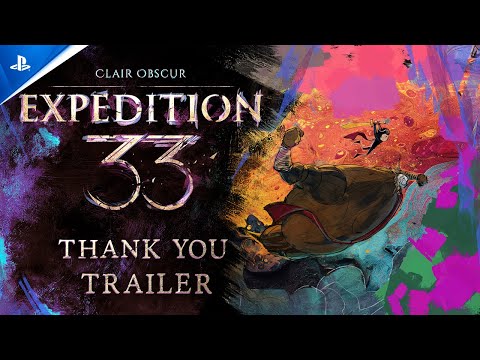Editor’s note: This post is part of Into the Omniverse, a series focused on how developers, 3D practitioners and enterprises can transform their workflows using the latest advances in Universal Scene Description (OpenUSD) and NVIDIA Omniverse.
The next frontier of AI is physical AI. Physical AI models can understand instructions and perceive, interact and perform complex actions in the real world to power autonomous machines like robots and self-driving cars.
Similar to how large language models can process and generate text, physical AI models can understand the world and generate actions. To do this, these models must be trained in simulation environments to comprehend physical dynamics, like gravity, friction or inertia — and understand geometric and spatial relationships, as well as the principles of cause and effect.
Global leaders in software development and professional services are using NVIDIA Omniverse, powered by OpenUSD, to build new products and services that will accelerate the development of AI and controllable simulations to enable the creation of true-to-reality virtual worlds, known as digital twins, that can be used to train physical AI with unprecedented accuracy and detail.
Generate Exponentially More Synthetic Data With Omniverse and NVIDIA Cosmos
At CES, NVIDIA announced generative AI models and blueprints that expand Omniverse integration further into physical AI applications such as robotics, autonomous vehicles and vision AI.
Among these announcements was NVIDIA Cosmos, a platform of state-of-the-art generative world foundation models, advanced tokenizers, guardrails and an accelerated video processing pipeline — all designed to accelerate physical AI development.
Developing physical AI models is a costly, resource- and time-intensive process that requires vast amounts of real-world data and testing. Cosmos’ world foundation models (WFM), which predict future world states as videos based on multimodal inputs, provide an easy way for developers to generate massive amounts of photoreal, physics-based synthetic data to train and evaluate AI for robotics, autonomous vehicles and machines. Developers can also fine-tune Cosmos WFMs to build downstream world models or improve quality and efficiency for specific physical AI use cases.
When paired with Omniverse, Cosmos creates a powerful synthetic data multiplication engine. Developers can use Omniverse to create 3D scenarios, then feed the outputs into Cosmos to generate controlled videos and variations. This can drastically accelerate the development of physical AI systems such as autonomous vehicles and robots by rapidly generating exponentially more training data covering a variety of environments and interactions.
OpenUSD ensures the data in these scenarios is seamlessly integrated and consistently represented, enhancing the realism and effectiveness of the simulations.
Leading robotics and automotive companies, including 1X, Agile Robots, Agility Robotics, Figure AI, Foretellix, Fourier, Galbot, Hillbot, IntBot, Neura Robotics, Skild AI, Virtual Incision, Waabi and XPENG, along with ridesharing giant Uber, are among the first to adopt Cosmos.
Learn more about how world foundation models will advance physical AI by listening to the NVIDIA AI Podcast episode with Ming-Yu Liu, vice president of research at NVIDIA.
See Cosmos in Action for Physical AI Use Cases
Cosmos WFMs are revolutionizing industries by providing a unified framework for developing, training and deploying large-scale AI models across various applications. Enterprises in the automotive, industrial and robotics sectors can harness the power of generative physical AI and simulation to accelerate innovation and operational efficiency.
Humanoid robots: The NVIDIA Isaac GR00T Blueprint for synthetic motion generation helps developers generate massive synthetic motion datasets to train humanoid robots using imitation learning. With GR00T workflows, users can capture human actions and use Cosmos to exponentially increase the size and variety of the dataset, making it more robust for training physical AI systems.
Autonomous vehicles: Autonomous vehicle (AV) simulation powered by Omniverse Sensor RTX application programming interfaces lets AV developers replay driving data, generate new ground-truth data and perform closed-loop testing to accelerate their pipelines. With Cosmos, developers can generate synthetic driving scenarios to amplify training data by orders of magnitude, accelerating physical AI model development for autonomous vehicles. Global ridesharing giant Uber is partnering with NVIDIA to accelerate autonomous mobility. Rich driving datasets from Uber, combined with Cosmos and NVIDIA DGX Cloud, can help AV partners build stronger AI models more efficiently.
Industrial settings: Mega is an Omniverse Blueprint for developing, testing and optimizing physical AI and robot fleets at scale in a USD-based digital twin before deployment in factories and warehouses. The blueprint uses Omniverse Cloud Sensor RTX APIs to simultaneously render multisensor data from any type of intelligent machine, enabling high-fidelity sensor simulation at scale. Cosmos can enhance Mega by generating synthetic edge case scenarios to amplify training data, significantly improving the robustness and efficiency of training robots in simulation. KION Group, a supply chain solutions company, is among the first to adopt Mega to drive warehouse automation in retail, consumer packaged goods, parcel services and more.
Get Plugged Into the World of OpenUSD
For more on Cosmos, watch the replay of NVIDIA CEO Jensen Huang’s CES keynote, and get started with Cosmos WFMs available now under an open model license on Hugging Face and the NVIDIA NGC catalog. Join the upcoming livestream on Wednesday, February 5 for a deep dive into Cosmos WFMs and physical AI workflows.
Continue to optimize OpenUSD workflows with the new self-paced Learn OpenUSD curriculum for 3D developers and practitioners, available at no cost through the NVIDIA Deep Learning Institute. For more resources on OpenUSD, explore the Alliance for OpenUSD forum and the AOUSD website.
Meet Cosmos, OpenUSD and physical AI experts at NVIDIA GTC, the conference for the era of AI, taking place March 17-21 at the San Jose Convention Center.
Stay up to date by subscribing to NVIDIA news, joining the community, and following NVIDIA Omniverse on Instagram, LinkedIn, Medium and X.


